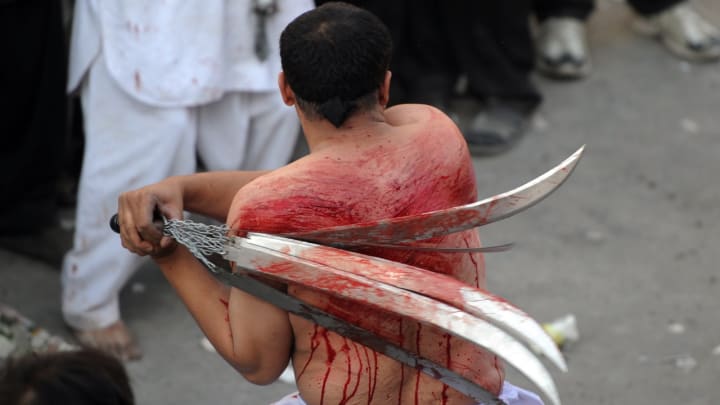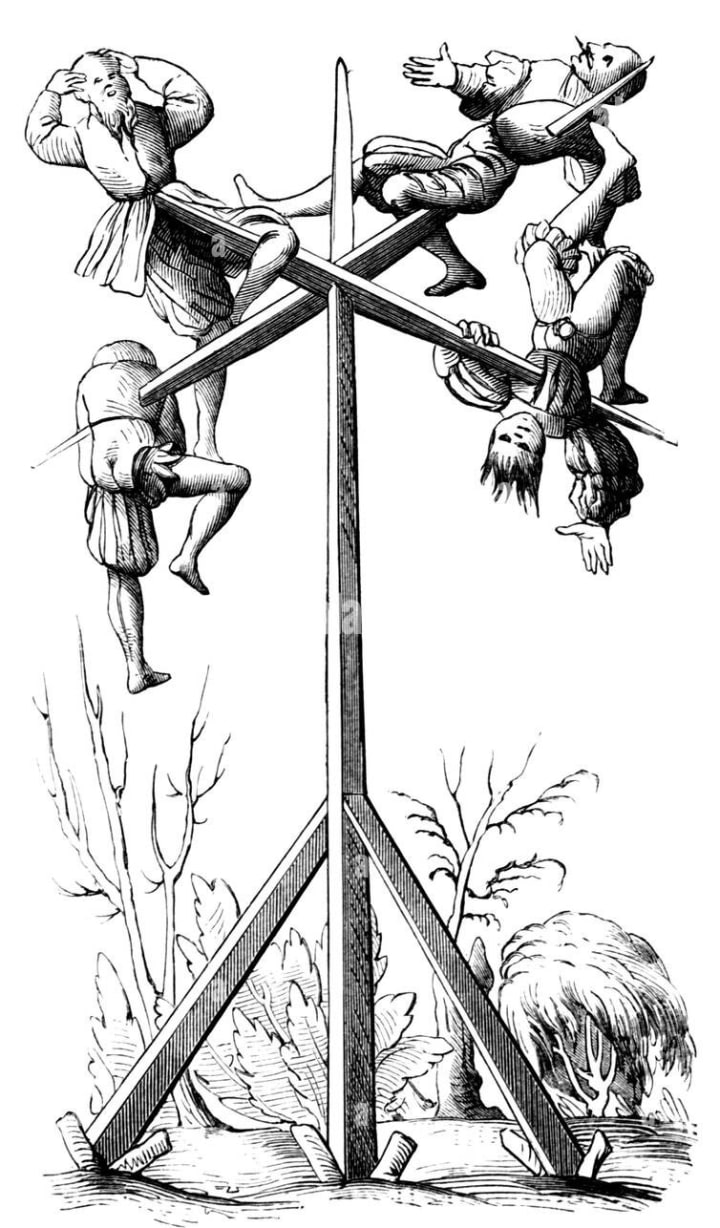
Being maimed, burned, and killed in the name of religion is not history. The seemingly "progressive" world we live in still practices gruesome and brutal rituals that attract large numbers of participants even today, despite being banned by governments around the world. Dr. Harish Shetty, a Mumbai-based psychiatrist, said, “Human beings are very impulsive beasts. Evolution made primitive man more altruistic. Regression in culturally sanctioned situations is normal. Some cultures try to control the community. Even today, mentally retarded people are beaten in the countryside.”
Here`s a short compilation of some of the most inhuman and brutal religious and cultural practices that exist even today.
1) Female Genital Mutilation (FGM)
This ritual with both, a religious as well as a cultural background is the most brutal practice that exists even today.
What is done: Partial or total removal of the external female genitalia (clitoris, labia minora, labia majora) using a razor of a blade, with or more often without the use of anesthesia.
Where is it practiced: Practised in around 27 countries in the sub-Saharan and North-east Africa and a few asian countries including India among the Bohra community.
Why is it done: This ritual which is done in the name of controlling a woman's sexuality, is seen as an essential part of raising their daughters properly, in a way preparing her for adulthood and marriage. It is done to refrain the girls from illicit sexual acts, which as per their definitions is pre-marital sex and masturbation. It is also believed to ensure marital fidelity.
2) Self-flagellation

A ritual of religious significance done in the name of atonement of one's sins is practiced widely even today and the people engaging themselves into the act confess that they do not experience any sort of pain as they are in a religious trance.
What is done: It is a ritual involving hitting oneself with a whip or whips of chains with attached blades.
Where is it practiced: Practised among the Christian communities in the Phillipines and Mexico on Good Friday and among the Shi'a sect of Islam in countries like India, Pakistan, Iraq and Lebanon during the holy month of Muharram.
Why is it done: Among Christians who practise this ritual, their beliefs of acheiving a higher place in heaven, self-realisation, forgiveness of one's sins and other people's sins is what drives them into the act. While among the Shi'a sect, it is done to commemorate the matyrdom of prophet Muhammed's grandson Hussein and as an act of penance.
3) Impaling

This ritual largely in practice even today involves piercing oneself with sharp dangerous objects.
What is done: The body parts of the participant is pierced with sharp objects like needles, swords, iron rods, spears, guns, etc.
Where is it practiced: Very common in India, other south asian countries and in countries like Thailand during the annual vegetarian festival. Reason for performing: The belief that a deity resides in the body of the participant, protection from evil spirits, and good fortune in society drives people to perform this ritual.
4) Baby Toss

This ritual, performed only in India, has been practiced for the past 700 years and is one of the oldest and most dangerous rituals.
What was done: Every year in December, over 100 babies are thrown from the roof of the temple to the crowd of men below with rags to catch them. Where it is practiced: Hindu communities in South India, especially in the state of Karnataka.
Reason for performing: This ritual is believed to bring good luck to the society. This ritual includes couples wishing to have more children.
5) Finger amputation / Yubitsume

Another crazy cultural ritual that was banned but still practiced.
What happened: Part of a finger was cut off.
Where it is done: It is practiced by the Dani tribe in Indonesia and the Yakuza, a notorious Japanese criminal organization in Japan.
Why is it done: It is a way of mourning for the deceased members of your family among the Dani tribe while among the Yakuzas it considered a form of penance for one's sins.
6) Firewalking

Firewalking is one of the most widely practiced rituals across many countries till date.
What is done: The participant is made to walk barefoot on a bed of embers or stone that are set on fire and are at an extremely high temperature.
Where is it practised: A few Hindu communities residing in South Asia, orthodox communities in Greece and Bulgaria, Japanese Taoists and Buddhists, places in Bali, Spain and a few parts of Pakistan.
Why is it done: It is a ritual with religious significance said be a gesture of paying their respects to God, repelling evil influences and purifying one's soul.
7) Human sacrifice

Rituals of human sacrifice or murder have been practiced since ancient times and, unfortunately, still exist in many parts of the world.
What they do: As the name suggests, people kill or kill one or more of their neighbors as an offering to God.
Origin: India and parts of Africa
Why it is done: It is done to give thanks to the gods and to please the gods is another reason the performers of this ceremony are guided by.
About the Creator
Leo
"A professional writer is an amateur who didn't quit" - Richard Bach






Comments
There are no comments for this story
Be the first to respond and start the conversation.